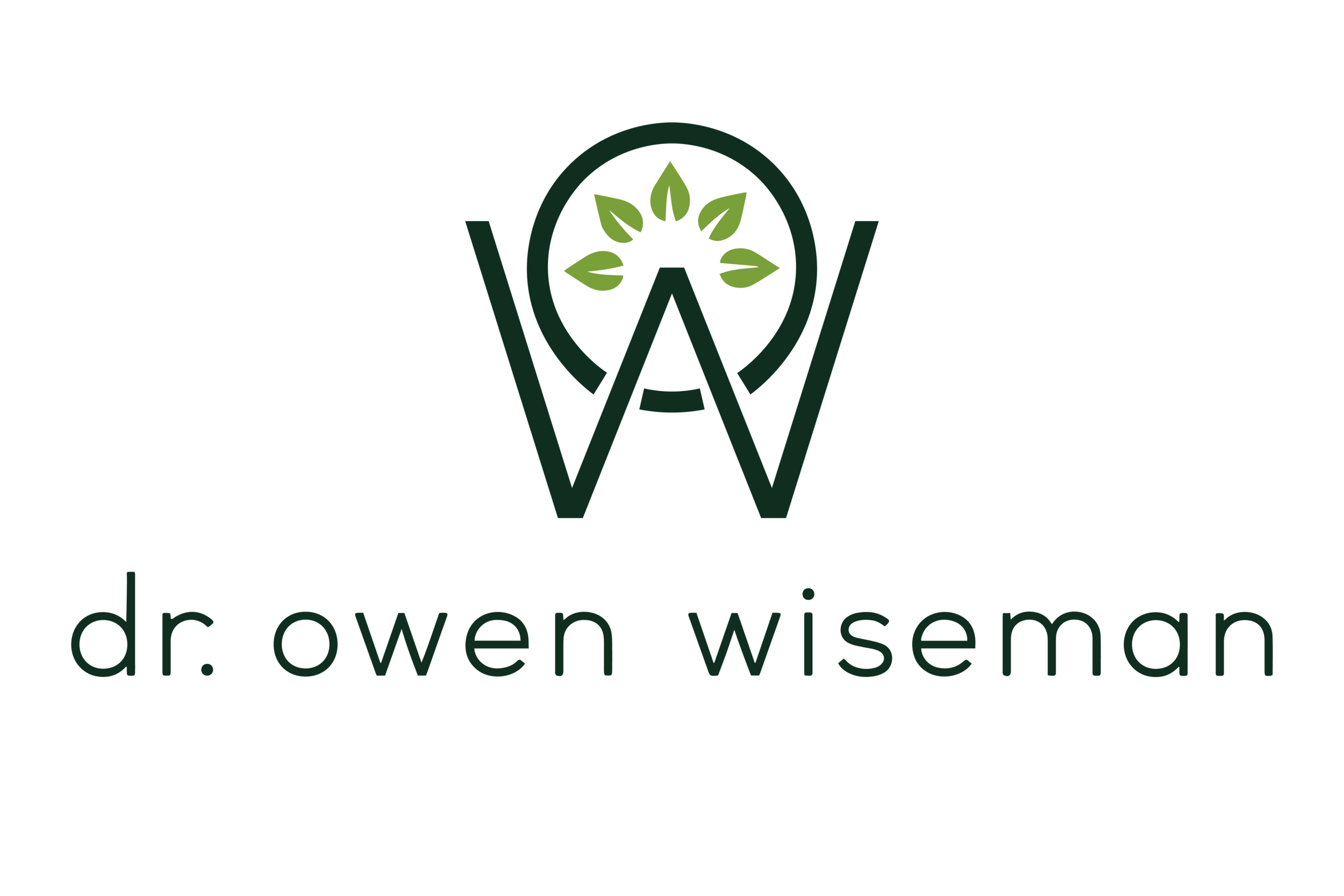The intricate interplay between extreme heat events and health vulnerabilities lays the groundwork for the exacerbation and spread of various diseases. One study even showed that 69.3% of COVID-19 cases in the summer of 2022 could have been avoided if there were no heat waves.
Read MoreUrban diversity and biodiversity work together in many ways. A city that preserves and prioritizes the protection of its green spaces and natural habitats is more likely to have a diverse local economy and a healthy community.
Read MoreEver wonder how city planners know where to build parks, hospitals, and schools? Or how they decide which areas need more green space? They do it by analyzing data, and one of the ways they analyze that data is through something called the natural vegetation density index (NVDI).
Read MoreThe Sahara desert, once the largest desert in the world, is slowly being transformed into a lush forest. The Sahara covers 9.4 million square kilometers (3.6 million square miles), which is about the size of the entire United States of America.[1] But through a mix of efforts and projects meant to hold back the encroaching sands, the deserts are being held back.
Read MoreWorld Ocean Day is celebrated every year on June 8th. This day is dedicated to bringing awareness to the many different issues that affect our ocean and the marine life within it. People all around the world come together to participate in events that promote ocean conservation and educate others about the importance of keeping our oceans clean. In honor of World Ocean Day on June 8, we have put together a list of 9 easy ways that you can help to protect our oceans.
Read MoreFind out how a new approach to urban and industrial farming could help us meet the food demand, save on resources and have healthier communities.
Read More





